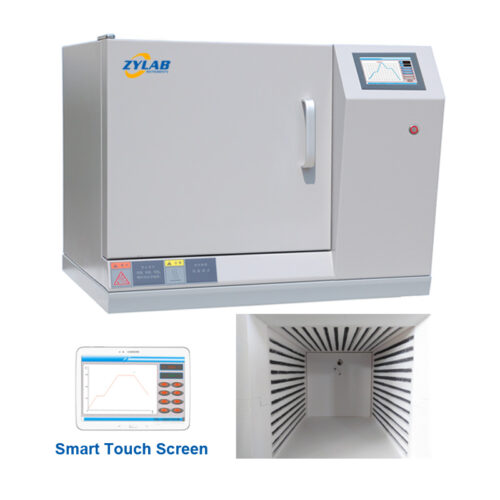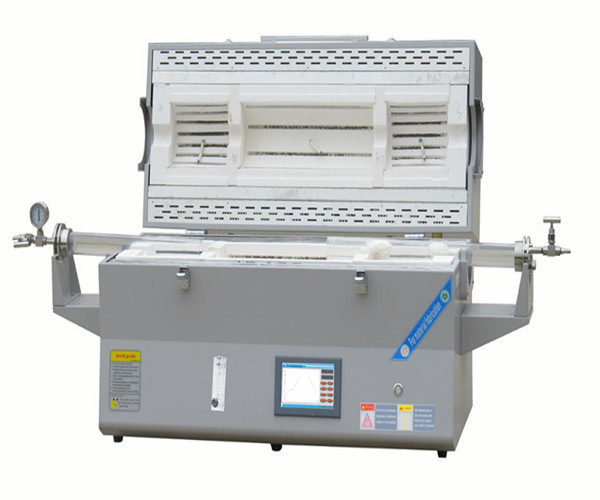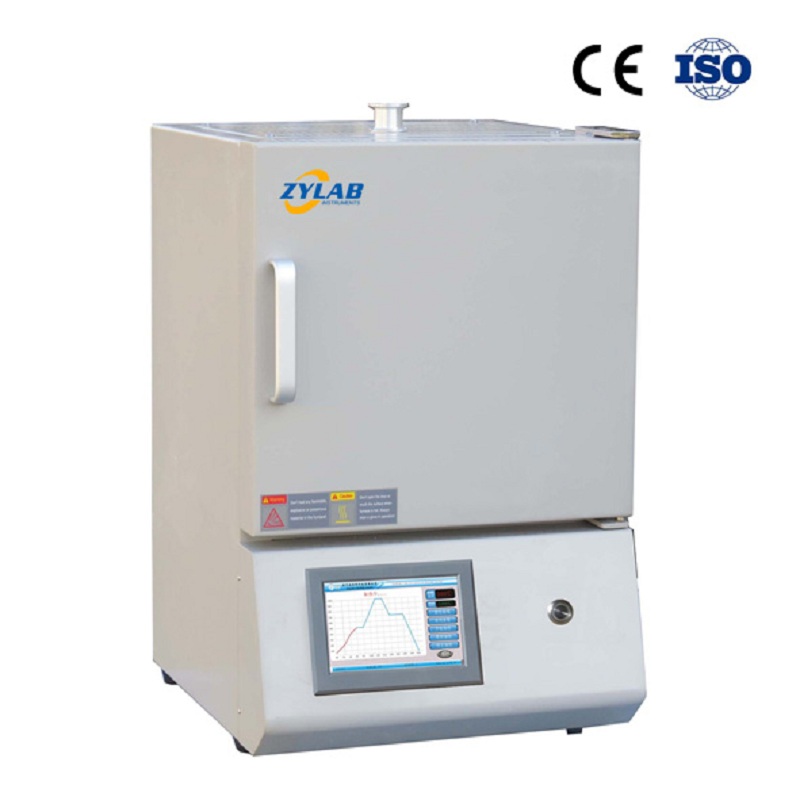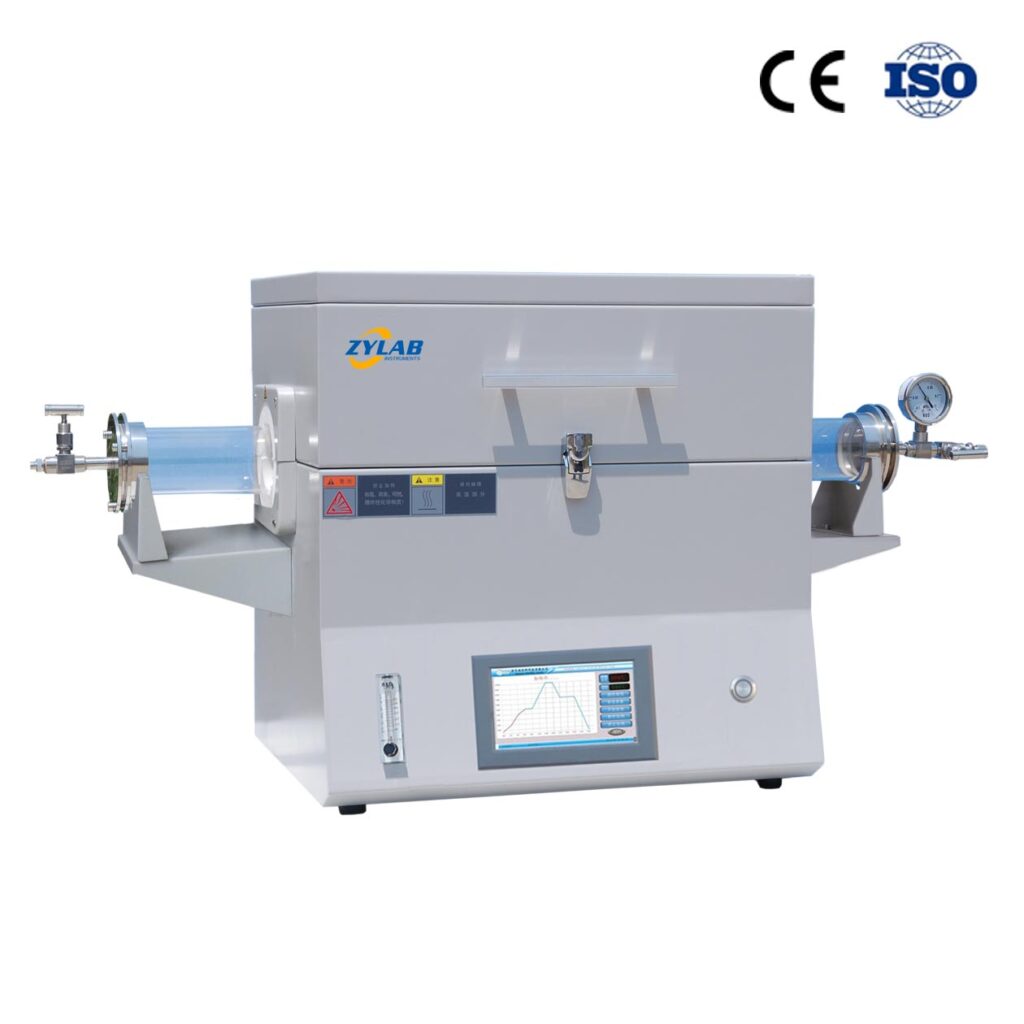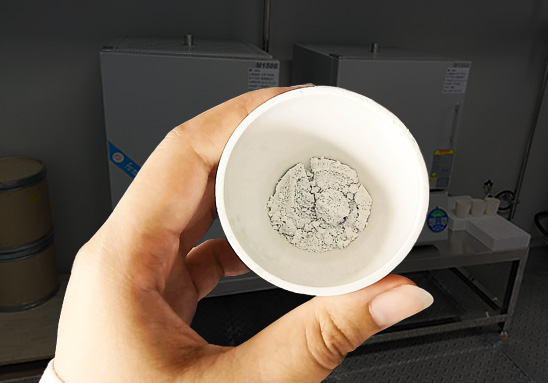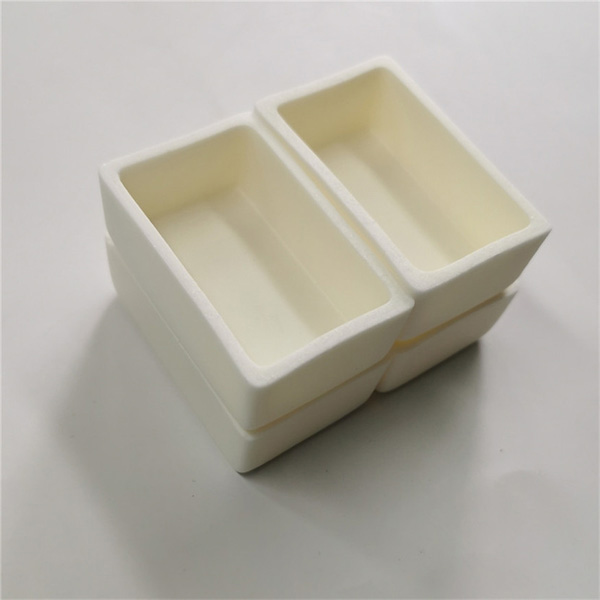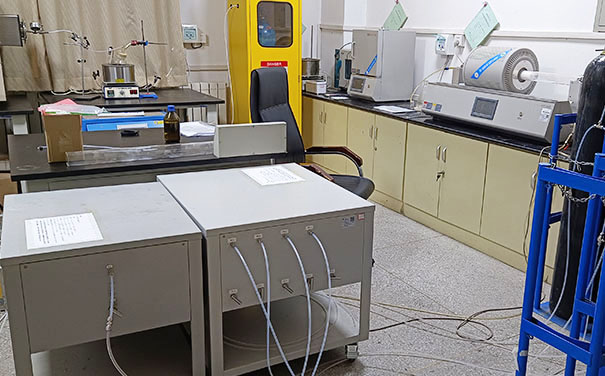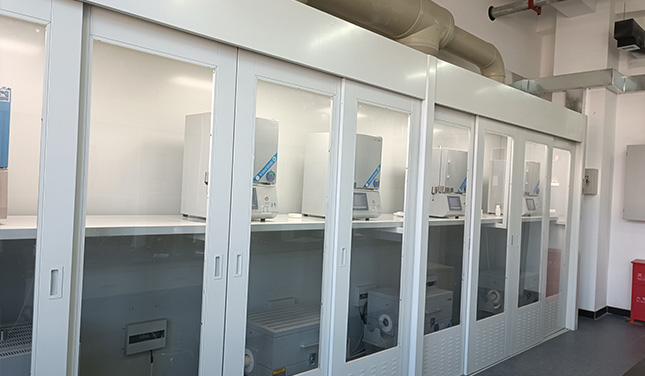Table of Contents
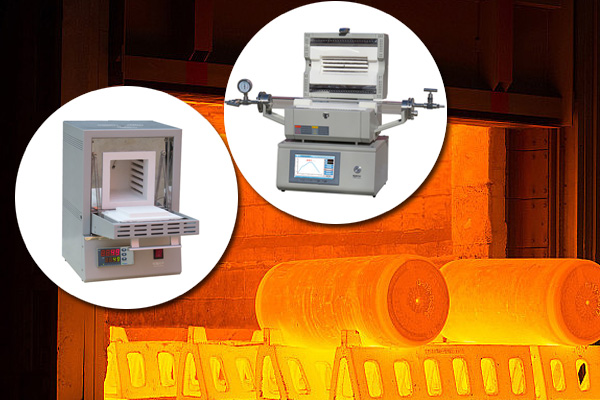
Introduce
What is a Resistance Furnace?
A resistance furnace is a type of heating device that operates by passing an electrical current through a resistive material, typically a metal or ceramic element.
This resistance to the electric current generates heat, which is then used for various purposes such as heating, melting, annealing, or other thermal processing applications.
Resistance furnaces are commonly used in industrial settings for tasks like metalworking, ceramics production, heat treatment of materials, and scientific research.
Origin:
The origin of resistance furnaces can be traced back to the mid-19th century.
The earliest resistance furnace was invented by the British chemist and metallurgist Alexander Parkes in 1855.
This early type of resistance furnace was primarily used for laboratory and research purposes, to heat samples for various chemical and metallurgical experiments.
In the early 20th century, with the development of electrical technology, resistance furnaces began to play an important role in industrial production. They were used in metal processing, glass manufacturing, ceramic production, and other heat treatment processes.
The development of resistance furnaces has driven efficiency and quality in industrial production, making them one of the indispensable heating equipment in modern industry.
Classification:
Box-Type Resistance Furnace
Box-type resistance furnaces have a similar appearance to a box, with an outer shell typically made of high-temperature resistant materials such as stainless steel or heat-resistant alloys. Internally, they are lined with high-temperature insulation materials and equipped with heating elements and temperature control systems.
The heating elements are usually located on the side, top, or bottom of the box-type resistance furnace to ensure uniform heat distribution.
Temperature control systems are used to monitor and adjust the temperature inside the box, ensuring the stability and accuracy of the heating process.
Box-type resistance furnaces typically have good sealing properties, reducing heat loss and improving heating efficiency. They also feature various safety functions such as overload protection and leakage protection to ensure safety during operation.
Tube-Type Resistance Furnace
Tube-type resistance furnaces consist of an external metal or ceramic tube shell with internal heating elements, typically resistance wires or electrically conductive alloy wires.
The furnace body has one or more heating zones where heat is generated by the energized resistance wires or alloy wires, which is then transferred to the tube shell and walls, ultimately reaching the object being heated.
Tube-type resistance furnaces are widely used in industries such as metal processing, glass manufacturing, chemical engineering, and laboratory research. They are commonly employed in various heating and heat treatment processes, providing high-temperature, uniform, and stable heating effects.
Rotary Drum Resistance Furnace
Rotary drum resistance furnaces are common industrial heating equipment characterized by their drum-shaped container, which accommodates the objects to be heated, and an internal resistance heating system that heats the objects to the desired temperature.
Roller-Type Resistance Furnace
Roller-type resistance furnaces are specially designed industrial heating equipment that utilize rollers as heating mediums to convert electrical energy into thermal energy, thereby heating the objects to be processed.
What is a Resistance Furnace Used For?
Heat Treatment: Resistance furnaces are extensively used for heat treating metals to improve their mechanical properties, such as hardness, strength, and ductility. This includes processes like annealing, tempering, quenching, and case hardening.
Melting and Casting: In foundries and metalworking industries, it is utilized for melting metals and alloys, as well as for casting them into desired shapes and forms.
Sintering: Resistance furnaces are employed for sintering processes, where powdered materials are compacted and heated below their melting point to form solid structures with improved strength and integrity.
Ceramic and Glass Processing: In ceramics and glass manufacturing, it is used for firing, glazing, and annealing processes to achieve specific properties and shapes in ceramic and glass products.
Research and Development: It is essential tools in laboratories and research facilities for conducting experiments, synthesizing materials, and studying the behavior of various substances at high temperatures.
Brazing and Soldering: Industries like electronics and plumbing use resistance furnaces for brazing and soldering applications, where metals are joined together using a filler material at elevated temperatures.
Drying and Curing: It is also employed for drying and curing processes in industries such as food processing, pharmaceuticals, and coatings, where materials need to be dried or cured at controlled temperatures.
What are the advantages of resistance furnaces?
Precise Temperature Control: Resistance furnaces are typically equipped with high-precision temperature control systems, allowing for precise control of the heating process.
Uniform Heating: They provide uniform heating effects, ensuring even temperature distribution within the heating area.
Rapid Heating and Cooling: Due to their ability to generate high temperatures and rapid response times, resistance furnaces can meet the demands for rapid heating and cooling.
Wide Applicability: They are suitable for heating requirements of various materials and shapes, including metals, ceramics, glass, etc.
Flexibility: Resistance furnaces feature adjustable heating power and temperature ranges, meeting the requirements of different heating processes.
Ease of Operation: They do not require complex preheating or preparation processes, enabling quick start-up and shutdown of the heating process.
High Reliability: Resistance furnaces are typically designed with simple structures, stable operation, long service life, and are easy to maintain and upkeep.
Images for Resistance Furnace
Resistance Furnace Prices
The prices of resistance furnaces depend on several factors, including the model, specifications, heating power, heating temperature range, manufacturer, and additional features.
Generally, the prices of small laboratory-scale resistance furnaces are relatively low, while those for large industrial-scale ones tend to be higher. Additionally, resistance furnaces with high temperatures, high power, and high precision also come at relatively higher prices.
For example, in terms of US dollars, small laboratory-scale resistance furnaces may range from a few hundred dollars to several thousand dollars, while prices for large industrial-scale resistance furnaces may range from thousands to hundreds of thousands of dollars or more. It is important to choose according to specific needs and budget.
Moreover, transportation costs, installation fees, as well as ongoing maintenance and upkeep costs should also be taken into consideration.
It’s advisable to consult with suppliers, compare prices of different models, and choose a resistance furnace product that offers good value for money.
What to Consider When Purchasing Resistance Furnace?
When purchasing a resistance furnace, there are several important factors to consider to ensure that you select the right one for your needs. Here are some key considerations:
Temperature Range: Determine the temperature range required for your specific applications.
Heating Element Material: Consider the material used for the heating elements in the furnace. Common materials include Kanthal, molybdenum disilicide (MoSi2), and silicon carbide (SiC).
Heating Zone: Determine whether you need a furnace with multiple heating zones for your applications.
Chamber Size: Consider the size of the furnace chamber in relation to the size of the samples or materials you will be heating.
Temperature Control and Stability: Look for furnaces with accurate temperature control capabilities and good temperature stability.
Safety Features: Check for safety features such as overtemperature protection, thermocouple failure detection, and interlocks to prevent accidents and equipment damage.
Energy Efficiency: Consider the energy efficiency of the furnace, including insulation materials and heating element design, to minimize energy consumption and operating costs over time.
Ease of Use and Maintenance: Evaluate the ease of operation and maintenance of the furnace, including accessibility for cleaning and replacing heating elements or insulation materials.
Compatibility with Atmosphere: Determine whether the furnace is suitable for the atmosphere in which it will be operated (e.g., air, inert gas, vacuum).
Budget: Lastly, consider your budget constraints and compare the features and specifications of different furnaces to find the best value for your investment.
FAQ
Q: What are the main reasons for the occurrence of tripping in resistance furnaces during operation?
A: 1. The voltage of the power supply is too high or too low; 2. Poor contact of the main line; 3. Poor contact of the heating element; 4. Overcurrent protection tripping.
Q: Why does the temperature rise slowly during the use of resistance furnaces?
A: Slow temperature rise may be caused by aging or breakage of the resistance wire resulting in unstable current, poor thermal conductivity of the resistance material, or insufficient insulation performance of the heating chamber, etc.
Depending on the situation, we need to replace the resistance wire, choose resistance materials with better thermal conductivity, or improve the insulation structure, etc.
Q: What are the reasons for the inability of resistance furnaces to reach the set temperature or fluctuate greatly?
A: Temperature anomalies may be caused by accuracy and stability issues of the temperature sensor, unreasonable PID parameter settings of the control system, and wear and aging of the heating elements, etc.
Our solutions include replacing the temperature sensor, optimizing PID parameter settings, and regularly inspecting and maintaining the heating elements, etc.

